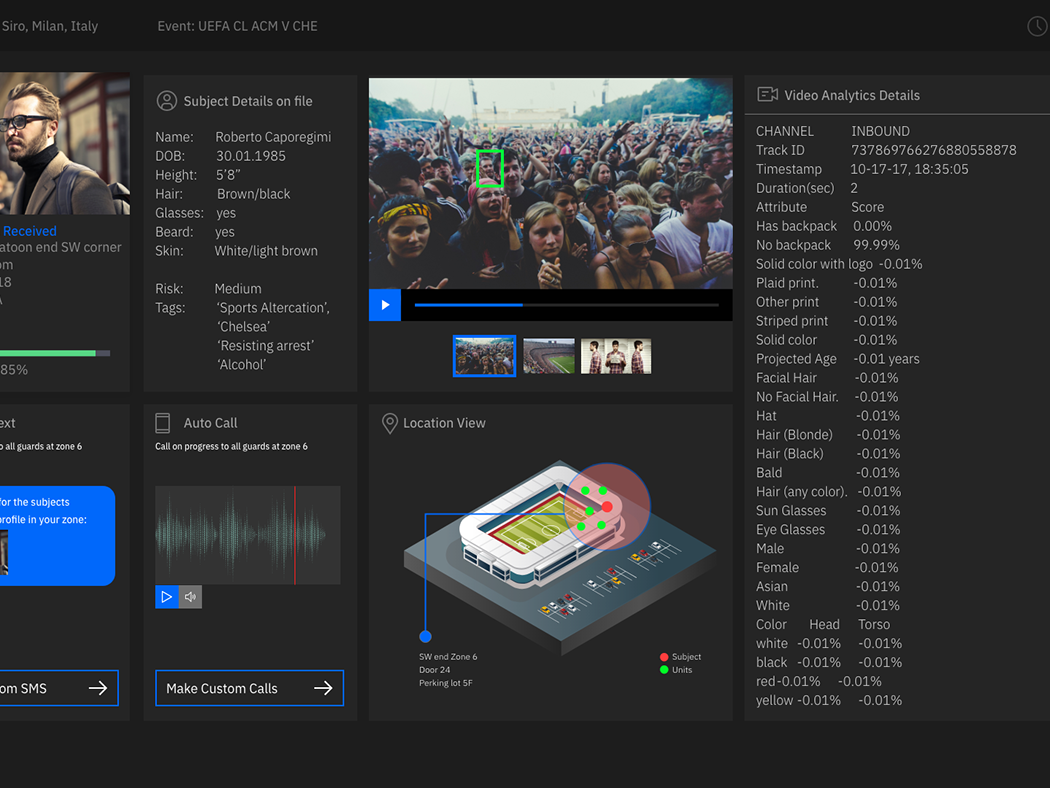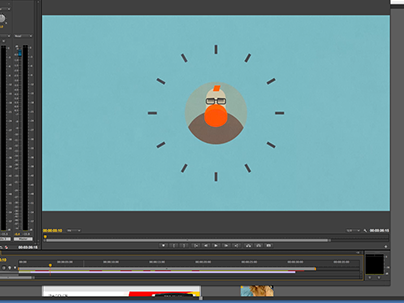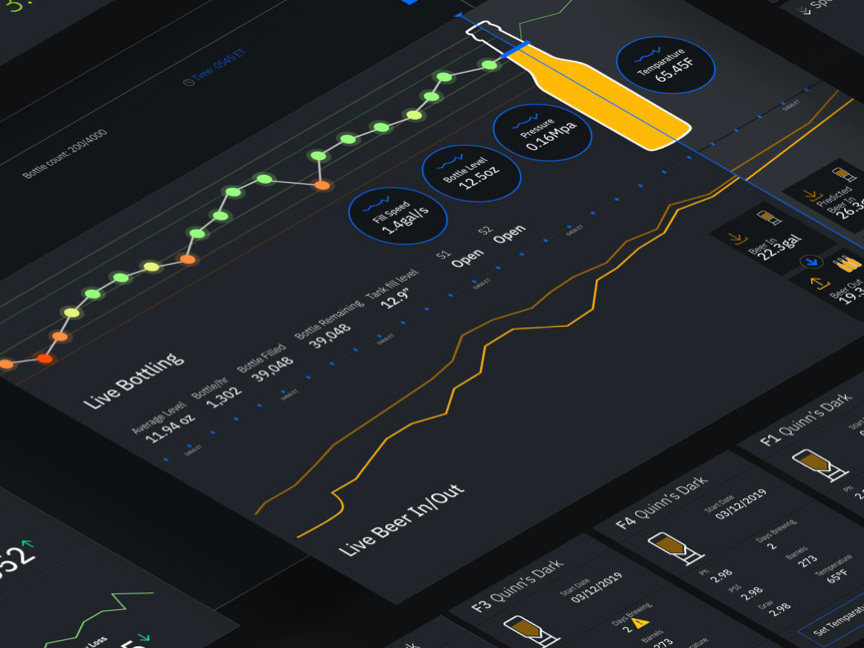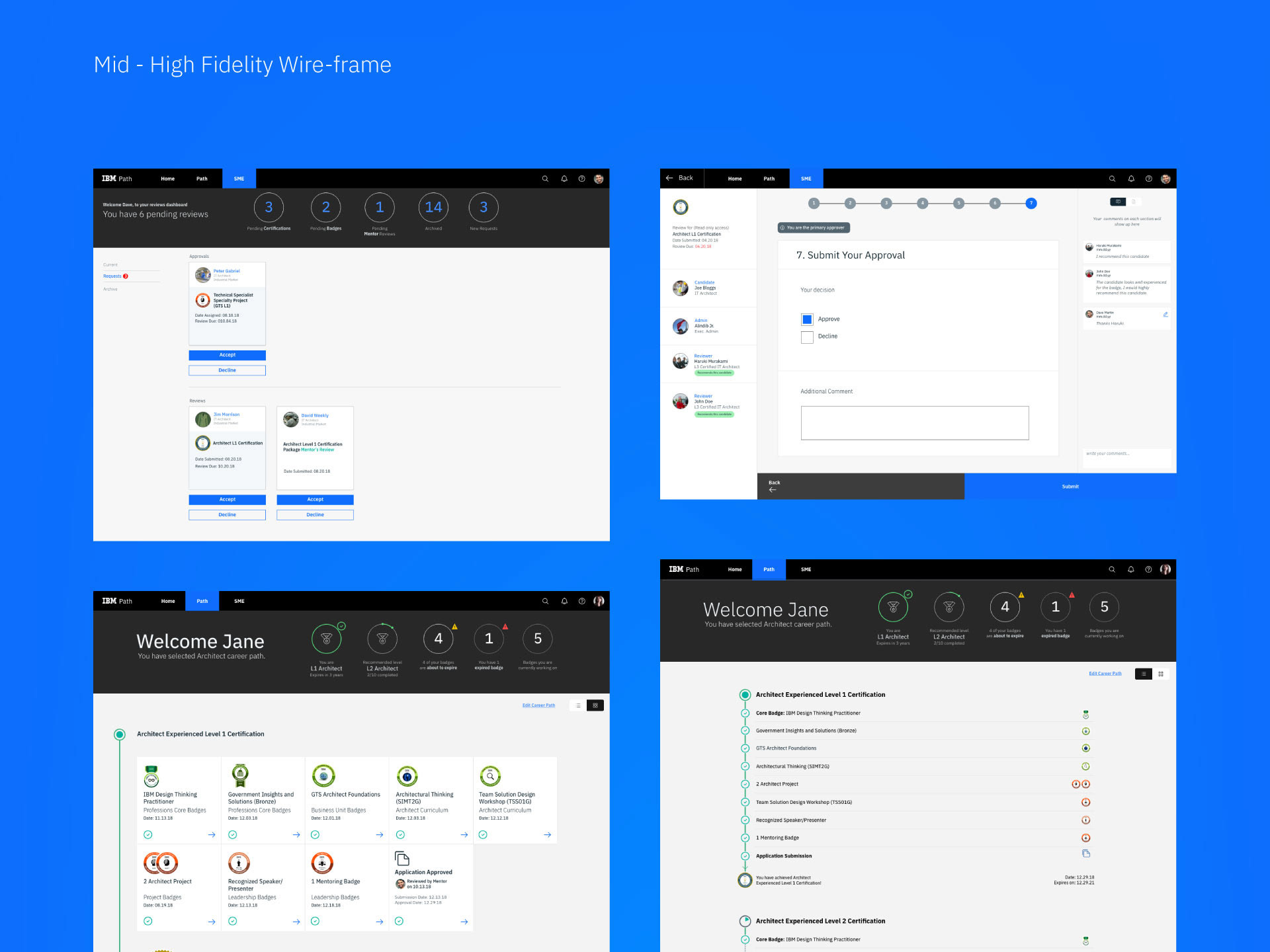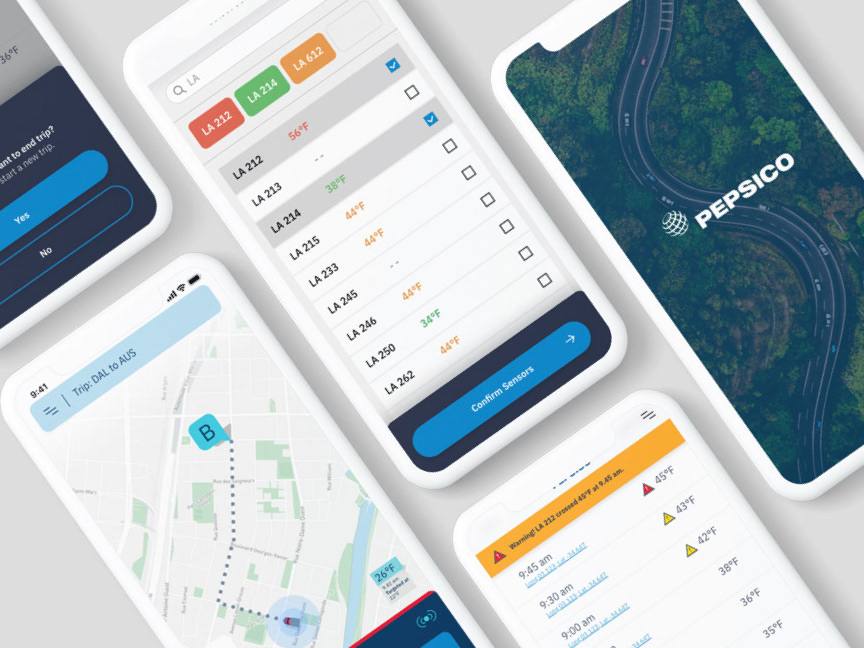At CES 2020, I had the exciting opportunity to create a compelling conference interaction experience for our Telecommunication clients. The challenge was simplifying the complex technology behind network offloading, hybrid broadcasting, personalized ads, and the seamless transition between ATSC and 5G. My goal was to convey these intricate concepts in a way that engaged our audience and made them accessible to even non-technical attendees.
1. Conceptualization and Storytelling:
My journey began with conceptualization. I knew that simplifying this complex technology required a compelling narrative. I envisioned a storyline that would serve as the backbone of our presentation. We wanted our clients to see how these advanced technologies would impact their businesses and the future of telecommunication.
2. Designing the Immersive Experience:
To create an immersive experience, we integrated cutting-edge technologies into our presentation. I collaborated with a team of developers to build a virtual environment that transported attendees into a world where network offloading, hybrid broadcasting, and personalized ads were seamlessly interwoven with their daily lives.
3. Interactive Visualization:
One of the key challenges was visualizing the offloading process between ATSC and 5G. To make this tangible, we designed an interactive demo that allowed attendees to toggle between different scenarios, demonstrating how content could seamlessly transition between traditional broadcasting and 5G networks. This hands-on experience was instrumental in simplifying the concept and fostering understanding.
4. Simplified Infographics:
To further simplify the story, we created infographics that broke down the technology into digestible pieces. These infographics served as visual aids, illustrating complex processes in a clear and concise manner. Attendees could refer to these infographics even after the presentation to reinforce their understanding.
5. User-Centered Design:
Throughout the design process, I remained focused on user-centered design principles. I conducted user testing to gather feedback and make adjustments based on how attendees interacted with our immersive experience. This iterative approach ensured that the final product resonated with our audience.
Impact and Results:
The impact of our efforts was evident in the engagement and feedback we received from our Telecommunication clients. Attendees left our CES 2020 presentation not only with a clearer understanding of network offloading, hybrid broadcasting, and personalized ads but also with a sense of excitement about the possibilities these technologies held for their businesses.
Our interactive immersive experience successfully simplified complex technology, making it accessible and engaging for a diverse audience. It demonstrated how these innovations could transform the telecommunication industry and provided our clients with a tangible vision of the future.


